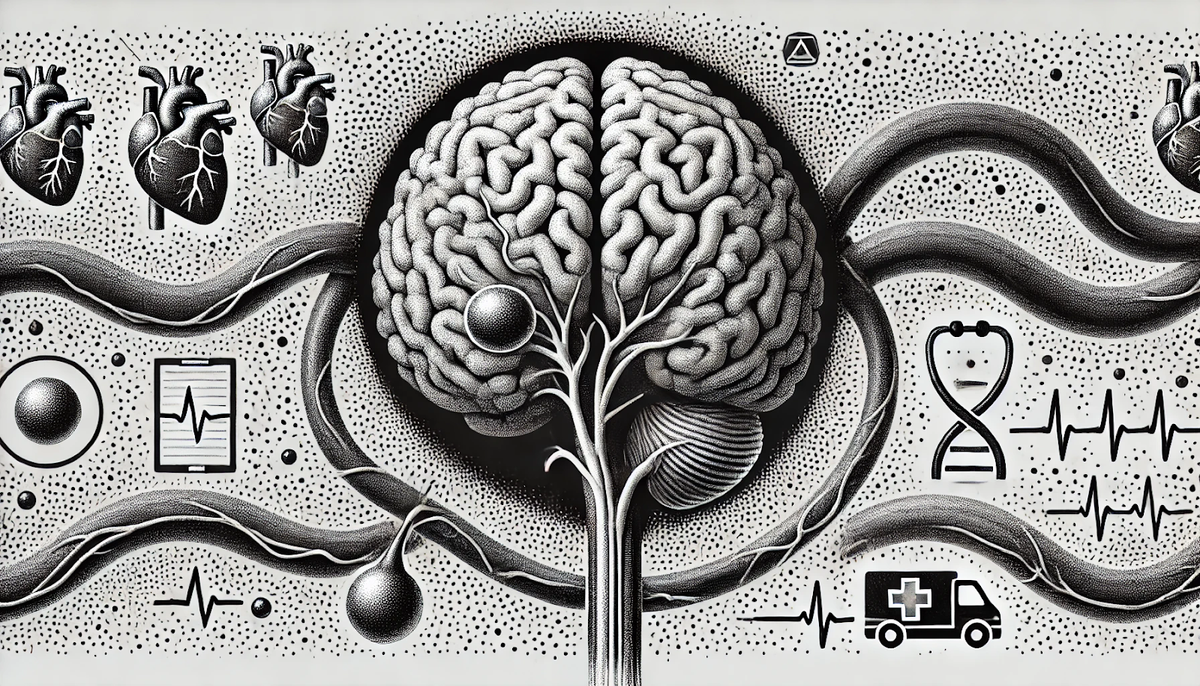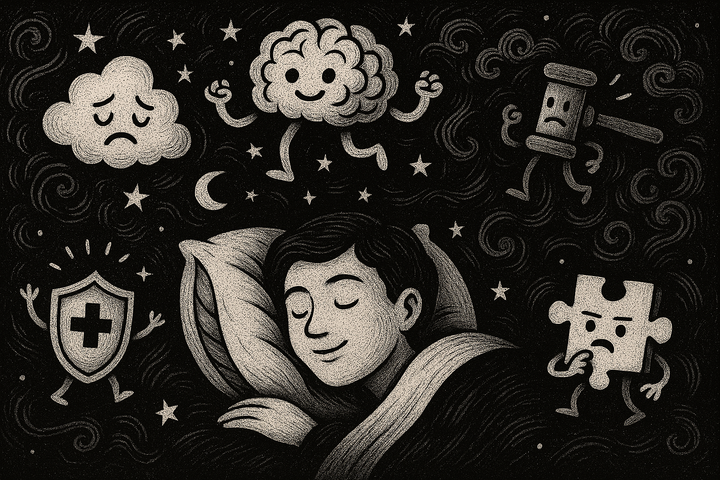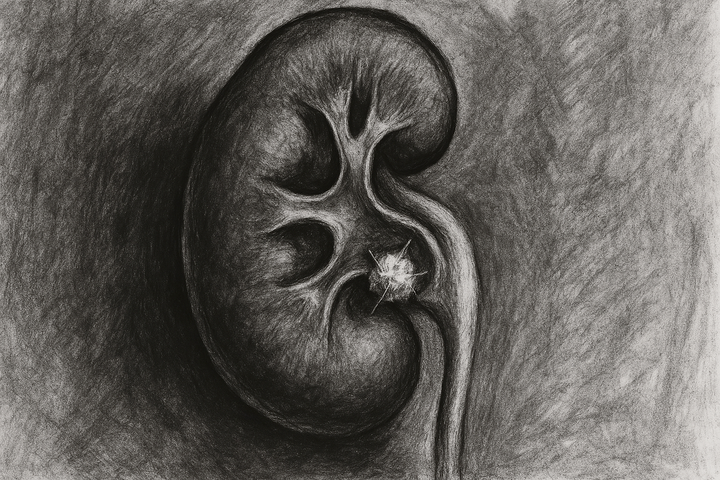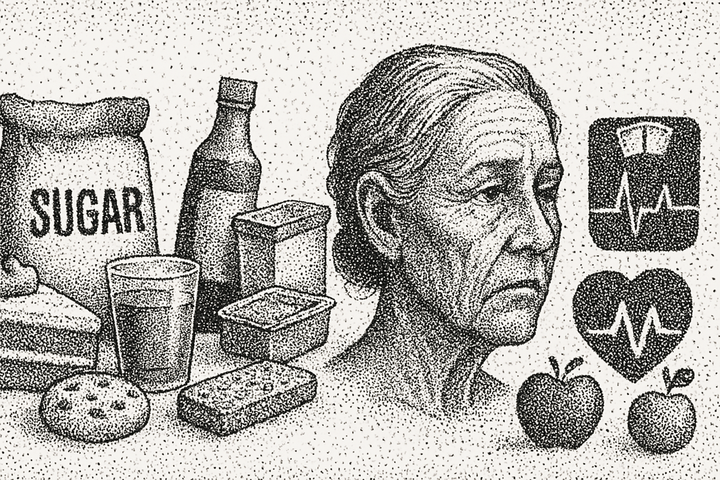Living with the Risk: Brain Aneurysms Explained and Demystified

Brain aneurysms, also known as cerebral aneurysms, are abnormal bulges or ballooning in the wall of an artery within the brain. They are often referred to as "berry aneurysms" due to their shape, resembling a small berry. The formation process begins with a weakness in the blood vessel wall, which can be congenital (present at birth) or acquired over time due to various factors.
Research indicates that these weaknesses are commonly found at forks or branches in arteries, particularly at the base of the brain, where the vessel walls are naturally thinner. The constant pressure from blood flow exerts force on these weak points, leading to an outpouching filled with blood, enlarging over time according to principles like the law of Young-Laplace, which states that increased area increases tension against the walls. This process can be exacerbated by both high and low wall shear stress: high shear stress is linked to the growth and rupture of small aneurysms through a mural response, while low shear stress is associated with larger aneurysms via an inflammatory response involving T cells, macrophages, and mast cells. Mediators such as interleukin 1 beta, interleukin 6, tumor necrosis factor alpha, and others contribute to this inflammatory process, leading to cellular changes like smooth muscle cells moving from the tunica media to the tunica intima, causing fibrosis, reduced smooth muscle cells, abnormal collagen synthesis, and thinning of the arterial wall.
If the aneurysm grows significantly or the wall becomes too thin, it can rupture, resulting in a subarachnoid hemorrhage, a type of hemorrhagic stroke occurring in the space between the brain and its thin covering tissues. This underscores the importance of understanding the formation process, as rupture can lead to severe outcomes like brain damage or death.
Prevalence: How Common Are Brain Aneurysms?
The prevalence of brain aneurysms is notable, with estimates varying by source but consistently highlighting their frequency. According to the Cleveland Clinic (Brain Aneurysm: What It Is, Causes, Symptoms & Treatment), up to 6% of people in the U.S. have an unruptured brain aneurysm, meaning they have a bulge that hasn’t yet bled. This figure is significant, as it suggests that a substantial portion of the population may be living with an undetected aneurysm. Annually, approximately 30,000 people in the U.S. experience a ruptured brain aneurysm, which can be life-threatening and requires immediate medical attention.
An interesting detail is that about 10% to 30% of individuals with a brain aneurysm have multiple aneurysms, which can complicate diagnosis and treatment. This prevalence data is crucial for public health awareness, as many unruptured aneurysms are discovered incidentally during imaging tests for other conditions, such as MRI or CT scans, rather than through targeted screening.
Risk Factors: What Increases the Likelihood?
Several risk factors contribute to the development and potential rupture of brain aneurysms, categorized into demographic, lifestyle, medical, familial, and other factors. The following table summarizes these based on information from the Mayo Clinic (Brain aneurysm - Symptoms and causes) and other sources:
These risk factors highlight the interplay between genetic predisposition and lifestyle choices, with smoking and high blood pressure being particularly significant modifiable risks. The family history aspect is especially important, as it suggests a hereditary component, with research noting that individuals with two or more first-degree relatives with aneurysms should consider screening, as per guidelines like those from the American Heart Association/American Stroke Association.
Preventive Measures: Can Brain Aneurysms Be Prevented?
Preventing brain aneurysms involves addressing modifiable risk factors and, for high-risk individuals, considering screening. While not all aneurysms can be prevented due to congenital factors, the following measures can reduce the risk of formation and rupture:
- Quit Smoking: Smoking is a major risk factor, increasing both the likelihood of aneurysm formation and rupture. Ceasing smoking can significantly lower these risks, as supported by medical guidelines from the NHS (Brain aneurysm - Prevention).
- Manage Blood Pressure: High blood pressure weakens artery walls, so working with a healthcare provider to control it through medication, diet, and exercise is crucial. This is particularly important given its role in both formation and rupture.
- Limit Alcohol Consumption: Heavy alcohol use can increase blood pressure, contributing to aneurysm risk. Moderation or avoidance is recommended.
- Avoid Drug Use: Particularly cocaine, which can raise blood pressure and lead to infections like mycotic aneurysms, increasing risk.
- Screening for High-Risk Individuals: For those with a family history (especially two or more first-degree relatives), polycystic kidney disease, connective tissue disorders, or a history of smoking, discussing screening with a healthcare provider is advisable. Screening often involves imaging tests like MRI or CT scans, though routine screening for the general population is not typically recommended due to the low rupture rate in unruptured cases. The Mayo Clinic notes that screening may be considered for those at higher risk, with references to studies like "Screening for brain aneurysm in the Familial Intracranial Aneurysm study" by Brown RD, et al. (2008).
These preventive strategies emphasize the importance of lifestyle changes and proactive healthcare, particularly for those with identified risk factors. The focus on screening for high-risk groups is an important aspect, as early detection can lead to monitoring or treatment before rupture occurs, potentially saving lives.
Common Myths About Brain Aneurysms
Several myths surround brain aneurysms, which can lead to misinformation and unnecessary fear. Based on sources like Dignity Health (BLOG - Six Myths and Facts about Brain Aneurysms), here are some common myths and their corresponding facts:
- Myth: Brain Aneurysms always rupture suddenly without warning.
- Fact: While some aneurysms rupture suddenly, others can have warning signs, such as headaches or vision changes, especially if they press on nearby brain structures. Not all aneurysms rupture, and many are detected before rupture during imaging for other conditions.
- Myth: Only women get brain Aneurysms.
- Fact: While women are more likely to have brain aneurysms, particularly after age 55 (1.5 times the risk compared to men), men can also develop them. Interestingly, pediatric brain aneurysms are more common in boys than girls, according to some studies.
- Myth: All brain Aneurysms are fatal.
- Fact: Many brain aneurysms are treatable, especially if detected before rupture. About half of ruptured aneurysms are fatal, but swift medical attention can improve survival odds, and unruptured aneurysms often do not lead to death.
- Myth: Brain Aneurysms and strokes are the same.
- Fact: Brain aneurysms and strokes are different conditions. Strokes can be ischemic (blocked artery) or hemorrhagic (burst vessel), while aneurysms are bulges in artery walls. However, a ruptured aneurysm can cause a hemorrhagic stroke, and both share symptoms like pain and confusion, but aneurysm symptoms can develop slowly, while stroke symptoms are typically sudden.
These myths highlight the importance of education to dispel misconceptions and encourage appropriate medical action when needed.
Conclusion
This survey note provides a detailed overview of brain aneurysms, from their formation due to weak blood vessel walls and blood flow pressure, to their prevalence (up to 6% unruptured in the U.S., with 30,000 annual ruptured cases), risk factors including smoking, high blood pressure, and family history, preventive measures like quitting smoking and screening for high-risk individuals, and common myths to clarify misconceptions. The information is grounded in reputable sources, ensuring a comprehensive understanding for readers seeking to learn more about this condition and how to manage their risk.




Comments ()